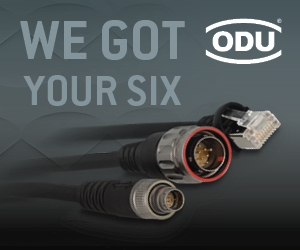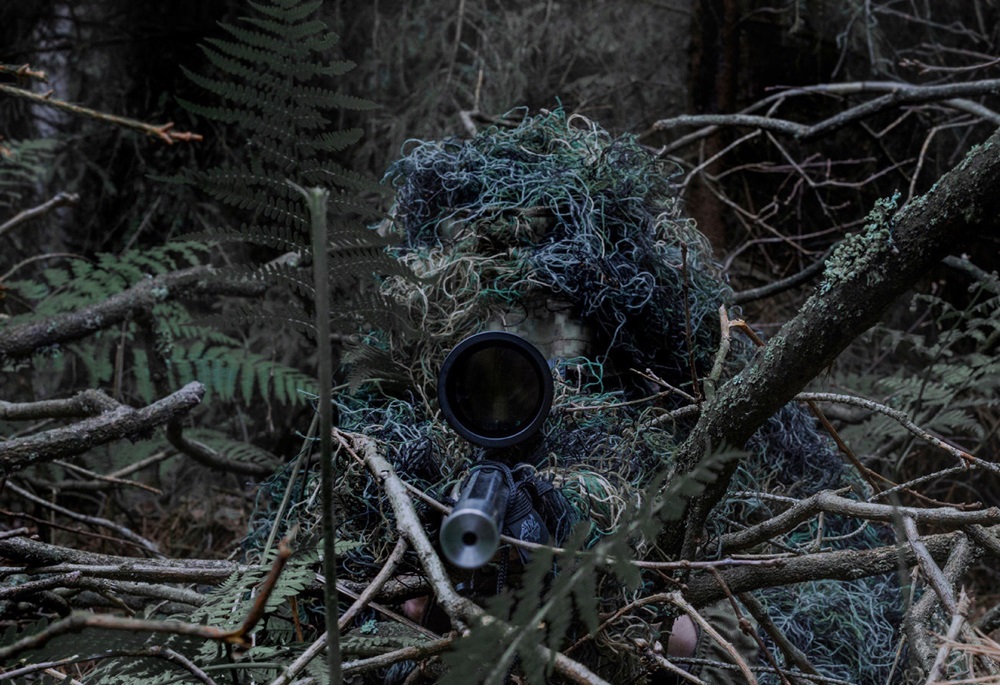Selecting the right body armour for door supervisors
 For door supervisors, confrontations and aggression are, sadly, part of the job in certain locations. Across the UK, countless bars and clubs employ licensed security personnel to ensure only safe, responsible individuals enter their premises – no matter how well-trained door supervisors may be, no matter how adept they are at defusing a volatile situation, some people may still launch an attack, either bare-fisted or armed with a weapon.
For door supervisors, confrontations and aggression are, sadly, part of the job in certain locations. Across the UK, countless bars and clubs employ licensed security personnel to ensure only safe, responsible individuals enter their premises – no matter how well-trained door supervisors may be, no matter how adept they are at defusing a volatile situation, some people may still launch an attack, either bare-fisted or armed with a weapon.
This is not an occurrence at every bar and club across the country, of course, but incidents do make the news from time to time: in March 2014, two door supervisors at a Cumbrian club received injuries after being assaulted by a male; in June 2014, a door supervisor was stabbed outside a Wolverhampton pub by a man who had been refused entry for attempting to smuggle his own alcohol inside. These are just two attacks, but they highlight the danger workers may be in when simply doing their job – which includes having to confront such violent individuals.
Many door supervisors wear stab proof vests to stay as safe as possible at work , and while total safety is never possible, protective vests can mean the difference between life and death. If you're new to this sector, and need to know a little bit more about the various types of body armour available, read on.
Blades and bullets: choosing your vest
Depending on the particulars of your role, the level of danger you expect to face in any given shift will vary: if you're based at the doors of a pub which tends to attract the same well-behaved regulars every weekend, then your expected level of risk may be somewhat low; on the other hand, if you're based at a popular club in a busy city centre on Friday and Saturday nights, you'll be coming into contact with a wider range of people, many of whom will already be inebriated and expecting quick, unobstructed entry into a bar or club.
While many people may take a refusal of entry with a fair attitude, a minority of others will see it as a personal slight, and might even become aggressive. Their method of attack may be a drunken swing of their fists, or pulling a knife, or even revealing a gun – body armour is available to protect against all three, but how do they work?
Bulletproof vests are unlikely to be needed by most door supervisors, but in high-crime areas, they may be a necessary precaution. These are designed to absorb a bullet's energy on impact, and disperse it throughout the multiple layers of Kevlar – this stops the bullet by flattening it (though the force of the projectile can still lead to severe bruising and swelling). Various levels of protection are available, as rated by the USA's National Institute of Justice (NIJ) – though the UK's Home Office Scientific Development Branch also evaluates armour, many British suppliers offer the former's ratings as a guide. Levels IIA, II, and IIIA can stop the more common rounds (9mm, .357 Magnum), whereas III and IV are designed to resist the most high-velocity bullets (armour-piercing) – these latter two levels are very unlikely to be needed by door supervisors.
Stab vests again feature Kevlar, in multiple layers, but these are made with a tighter weave, to stop blades by causing friction against them; whether used in slashing or stabbing attacks, knives will be unable to tear through. Vests offering spike protection feature an even-tighter weave, to trap pointed tips (found on needles and other sharp objects) passing between the fibres, as they would in standard clothing. Some people may carry hypodermics with them, and use them to attack, potentially transmitting contaminated DNA or harmful substances – spike protection will stop them penetrating.
You may also want to wear anti-slash gloves, which prevent blades and other sharp objects causing injury – during a struggle to disarm a potential attacker, they may slash or stab at your hands. These are available at competitive prices, in multiple styles.
The importance of proper sizing
To get the most out of your body armour – whichever type you choose – wearing the right size for your shape is essential
. As all protective vests are designed to cover the vital organs from harm, they must sit comfortably against the torso to perform at their best. If your vest is too loose, then it may gape away from the body and leave enough space for an attacker to slip a blade or a bullet between – it may also push up into your throat, creating an irritating distraction; if your vest is too tight, it can feel restrictive, leaving you unable to move as freely as you need to (this can prove disastrous if you're unable to defend yourself as you need to). Ideally, your vest should reach no lower than your navel – make sure you measure your chest and height to compare against your supplier's size chart.
If your employers are unable to provide your body armour due to budget restraints, then you'll have to buy a vest yourself – while certain ones at higher levels may be somewhat expensive, the protection they offer makes their value priceless. If you're self-employed, then you're absolutely responsible for investing in your own armour, and you should ensure all of your employees understand the benefits of wearing a vest.












